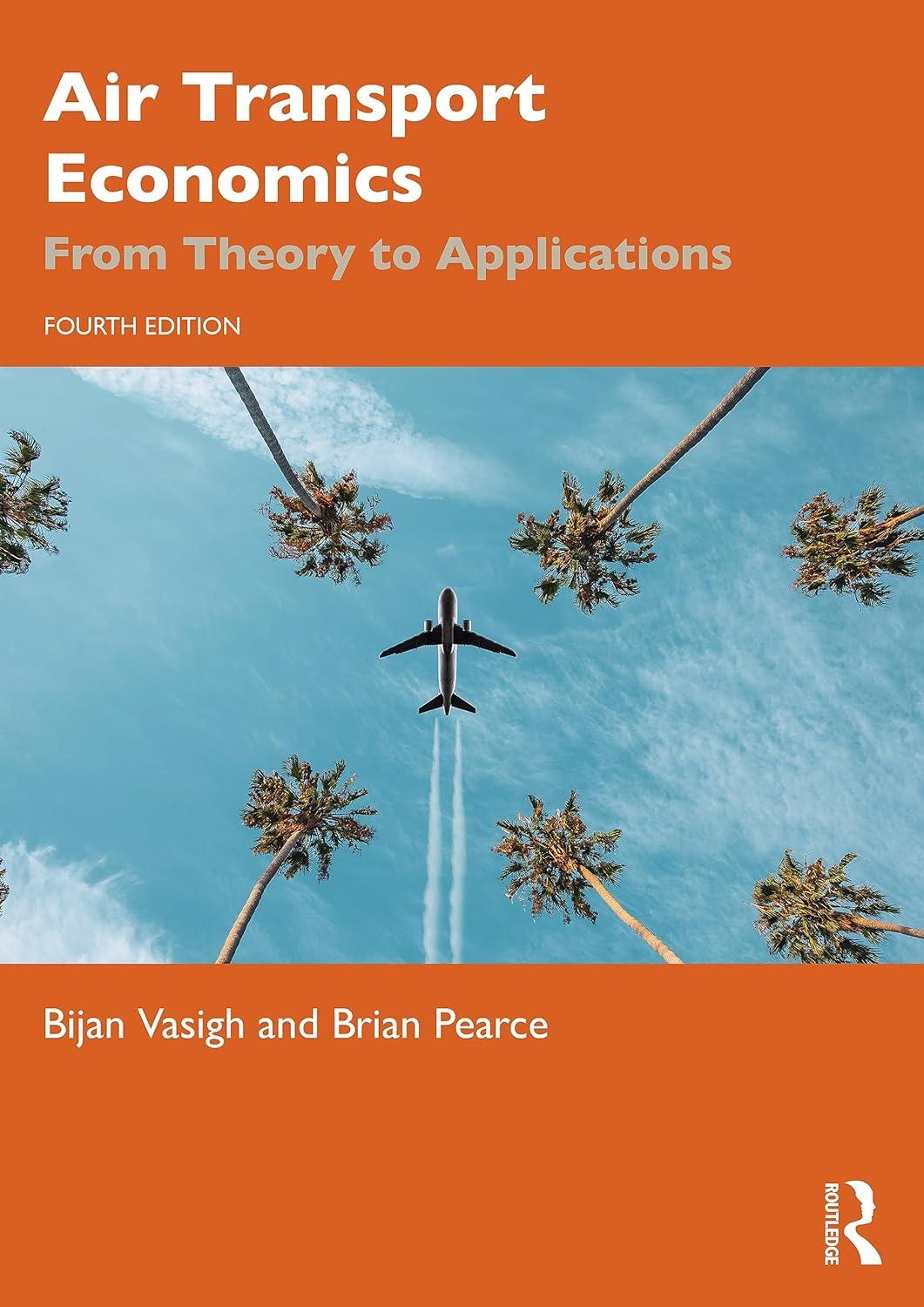Suppose an airline increases its average ticket price from JFK to CDG from $435 to $515, and
Question:
Suppose an airline increases its average ticket price from JFK to CDG from $435 to $515, and consequently, the number of seats sold drops from 800 to 735:
a. What is the price elasticity of demand for this market?
b. Is the demand elastic, unitary elastic, or inelastic in this price range?
c. What is the interpretation of this price elasticity of demand? What does it mean?
d. Suppose the price elasticity of demand calculated in the first bullet above is the exact number representing passengers’ responsiveness to a price change for this airline for this market. If there is a 10% decrease in the ticket price, what would the percentage change in the quantity demanded be equal to? If the ticket price were to rise by 15%, what would the percentage change in the quantity demanded be equal to?
e. What happens to the total revenue of the airline when the price rises from $435 to
$515? How is this related to the price elasticity of demand for this market?
f. What could cause JFK–CDG to have the elasticity of demand calculated in the first bullet above?
g. Suppose the cross-price elasticity of demand between these two markets is equal to 2. Would these markets be substitutes or complements? Why?
Step by Step Answer:






